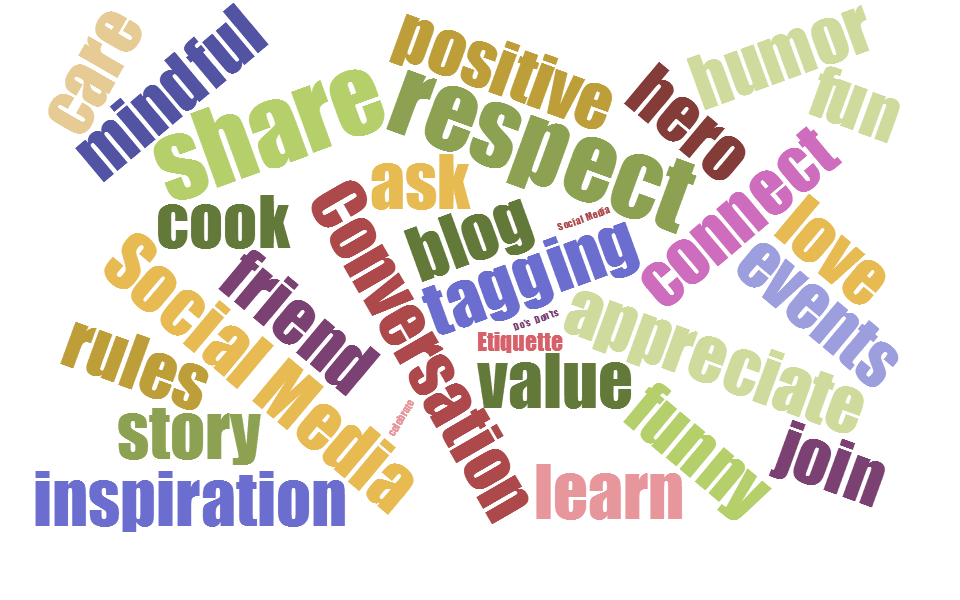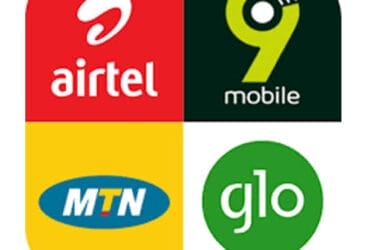One of our articles posted earlier gave insights on general social media Netiquettes that tends to guide our various forms of online communication. Now going to the specifics, you find out that some platform requires users to oblige to certain peculiar netiquettes because each site has different functions and goals.For example Twitter focuses on the sending of brief text messages while LinkedIn, which focuses on keeping businesses and professionals connected.
So here are a few rules of netiquette for popular networking sites like Facebook, LinkedIn, and Twitter. However, many of these rules could easily apply to sites like , YouTube and Google+.
- Asking a stranger to become your friend without a proper introduction is generally discouraged. If you want that person to join your network, explain the reason and who you are.
- Pestering your friends to join a fan page, group, cause or application will likely only result in annoyance, not new members. Send the invitation once. If they don’t accept, drop it.
- Posting uncomplimentary pictures of friends and tagging them can lead to problems. Employers and police officers have been known to review social networking sites. Do you want to be responsible for a buddy losing a job opportunity?
- Accepting every friend request isn’t necessary. Some people are selective about who they want viewing their personal information. If you’re worried about rejecting someone, leave the request alone. You may learn more about the person later and decide to accept the request.
- Using your personal Facebook account to market a book, software, or any other product is frowned upon. If you want to advertise, create a Facebook page and invite your friends to join. (Remember, don’t pester them!)
- Linking your Facebook account to your Twitter account can be tricky. If you’re not careful, you may spam your friends’ news feed with too many messages. If you’re an avid Twitter user and can’t control the flow of messages to Facebook, unlink the two.
- Asking strangers to connect with you just so you can tap into their list of connections is a questionable tactic. Admittedly, there may be times when you want to connect with someone from a specific company and must go through their connections to get there. That’s what the introduction process is for. If you feel strongly about connecting with a stranger, take the time to write a message indicating the reason why. Many business people will ignore connection requests if you don’t make present a convincing case.
- Inviting members to a group outside their field of expertise will typically end in failure. Don’t bother with this tactic unless you want to be ignored by the LinkedIn community.
- Asking for a recommendation from a connection who you don’t know well could be a waste of time. A half-hearted endorsement is easily spotted and is counterproductive.
- Making a new connection only to send a sales pitch disguised as a “thank you” note is sneaky and tarnishes your reputation.
- Failing to maintain a full and accurate profile leaves others doubting your professionalism. Provide a full work history and explain what kind of work you’re doing currently.
- Learning Twitter’s slang and tags is recommendable. The more you understand how to properly use them, the less you’ll embarrass yourself.
- Stating your message in 140 characters or less can be challenging, but take the time to spell properly and minimize abbreviations. Contrary to popular belief, spelling and a clear message count.
- Following a user that follows you is optional. Don’t feel that you must follow everyone that follows you. At a minimum, look at the profile of the person before you decide. If their “following” count is significantly greater than the “followers” count, it’s probably best to leave well enough alone.
- Constantly promoting yourself and your work will cause you to lose subscribers quickly. Strike a balance with the occasional tweet of your product or service and a steady stream of relevant and interesting content.
- Repeatedly requesting to have your information retweeted is annoying. If your followers find your content interesting and relevant, they will retweet it.
- Using Twitter as your conversation tool can be tricky. The occasional reply using “@” is fine, but holding a lengthy conversation using the tag isn’t acceptable. Use direct messages.
Credit: : learnthenet.com






